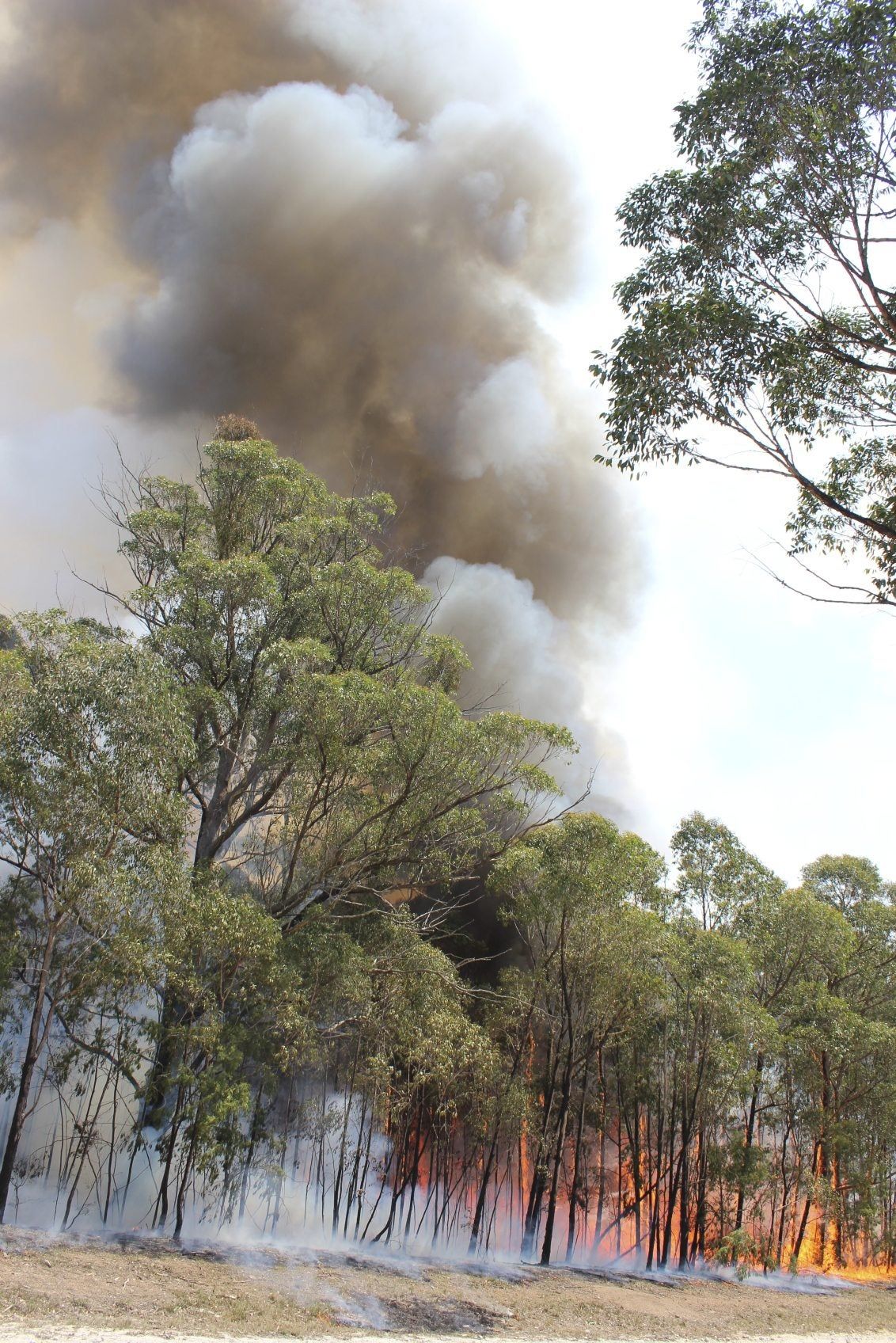Into the Night
Verified User
Not made up, Sybil.I love made up stories.
Not made up, Sybil.I love made up stories.
Not really. It's the brush that isn't clear away.Nobody says the trees CAUSED the fires. But they are a contributing factor.
Yes they are made up. You have not proved them true.Not made up, Sybil.
No, they don't, moonbat.The eucalypts spontaneously start fires.
No fireball, moonbat.When heated the trees exude a highly-flammable gas which ignites into a fireball.
I don't need to prove history, Sybil. You just want to deny it.Yes they are made up. You have not proved them true.
Assumption of victory fallacy. That won't work, Sybil.Thanks for confessions.
So, only Democrats use the oil? Are you sure of that?

Horseshit ^No, they don't, moonbat.
No fireball, moonbat.

 www.gardeningknowhow.com
www.gardeningknowhow.com

Feel free to go away.This may be the dumbest thread of the month.
Are eucalyptus trees the cause of the CA fires?
No! Eucalyptus trees to not self-combust.
Nice picture. No fireball.Horseshit ^
Are Eucalyptus Trees Flammable?
Eucalyptus trees are widespread in California and have been introduced to many other warm states. In California, the trees have spread so prolifically that there are entire woodlands almost completely made up of gum trees. Efforts are underway to eradicate the introduced species and return woodlands to their native species. This is because the eucalyptus has displaced natives and it changes soil composition where it grows, altering other life forms as it does so. Eucalyptus fire hazards are also cited in efforts to remove the trees. There are some native eucalypti, but the majority have been introduced. These hardy plants have delightfully scented, volatile oil in all parts of the plant. The tree sheds bark and dead leaves, which make a perfect pile of tinder under the tree too. When the oils in the tree heat up, the plant releases flammable gas, which ignites into a fireball. This accelerates the eucalyptus fire hazards in a region and discourages firefighting efforts. Removal of the trees has been recommended largely due to eucalyptus fire damage but also because they are taking the place of native species. The plants are considered dangerous in fire-prone areas because of their habit of shooting sparks if they catch fire. Eucalyptus oil and fire are a match made in heaven from the fire’s perspective but a nightmare for those of us in its path.

Eucalyptus Fire Hazards: Are Eucalyptus Trees Flammable
Are eucalyptus trees flammable? In a nutshell, yes. These beautiful stately trees are filled with aromatic oil, which makes them highly combustible. Learn more about the fire hazards of eucalyptus trees in this article.www.gardeningknowhow.com
What do you expect for the Church of Global Warming?This may be the dumbest thread of the month.
So eucalyptus trees burn easily. Several species of trees do. Meh.The self-heating and ignition of vegetation debris
Abstract
Leaves of the tree Eucalyptus saligna were examined for their propensity to self-heating and spontaneous combustion. The method used was basket heating and application of thermal ignition theory. Similar work was carried out on wood shavings. The leaves were shown to be a possible ignition hazard in practical situations, the wood shavings less so. Agreement of the results with the predictions of thermal theory was satisfactory.
Agreed.What a shame that this had to even been said.
Heat. Eucalypt exudes flammable gas. Dry . Oil-filled eucalypt detritus internally combusts. Gas ignites. Bush-fire.Nice picture. No fireball.
